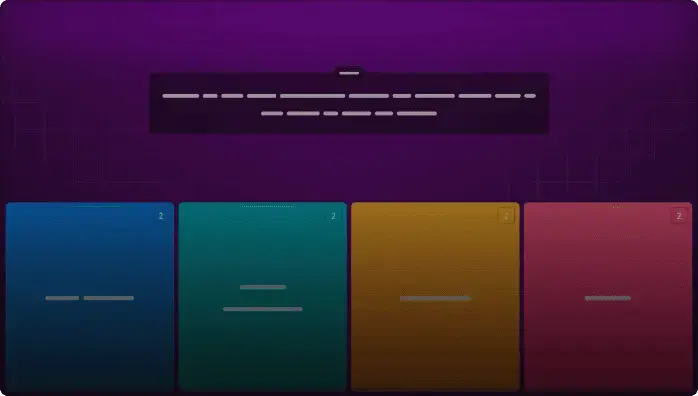
Human Impact on Ocean Ecosystems
Assessment
•
Rosa Herrera
•
Science
•
8th Grade
•
262 plays
•
Medium
Student preview

14 questions
Show answers
1.
Multiple Choice
What is one way humans are trying to positively impact the ocean?
Fishing
Creating artificial reefs
Harvesting oil and natural gas
Transporting goods in ocean vessels
2.
Multiple Choice

This graph shows the sources of the nitrogen entering the Gulf of Mexico as pollution. What is one conclusion you can make based on the information in the graph?
Nitrogen that comes from the atmosphere is more harmful than nitrogen that comes from crops.
Most nitrogen pollution found in the Gulf of Mexico comes from farming crops.
Corn and soybeans are the only crops associated with nitrogen pollution.
Nitrogen is not a problem in the Gulf of Mexico.
3.
Multiple Choice
Which of the following is NOT a source of pollution in the ocean?
Nitrogen and phosphorus from fertilizers used on land.
Oils found on city streets.
Sand drifting along the bottom of the ocean floor.
Emissions from gas-burning vehicles.
4.
Multiple Choice
The largest source of pollution in the ocean comes from __________.
Oil Spills
Acid Rain
Runoff
Wind
5.
Multiple Choice
How are phytoplankton similar to small trees?
Both are at the top of the food chain
Both conduct photosynthesis
Both grow in soil
Both are about the same size
Explore all questions with a free account
Find a similar activity
Create activity tailored to your needs using
.svg)

Human Impact on Aquatic Ecosystems
•
8th Grade

Human Impact on Marine Ecosystems
•
8th Grade

Human Impact on Ocean Ecosystem
•
8th Grade

Human Impact on Ocean Ecosystems
•
8th Grade

Human Impact on Ocean Ecosystems
•
8th Grade

Human Impact Ocean
•
8th Grade

Human Impact on Ocean Systems
•
8th Grade

Human Impact on the Ocean
•
8th Grade